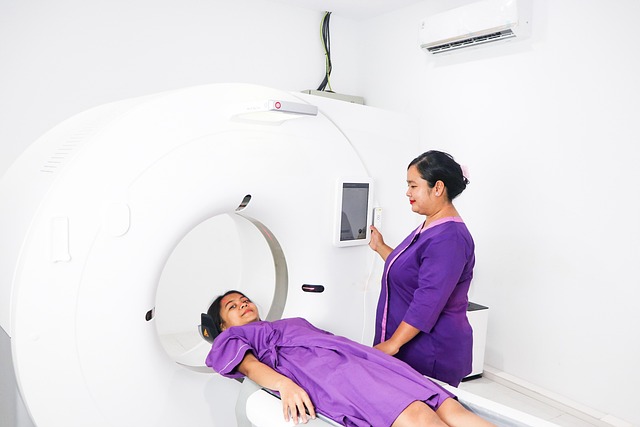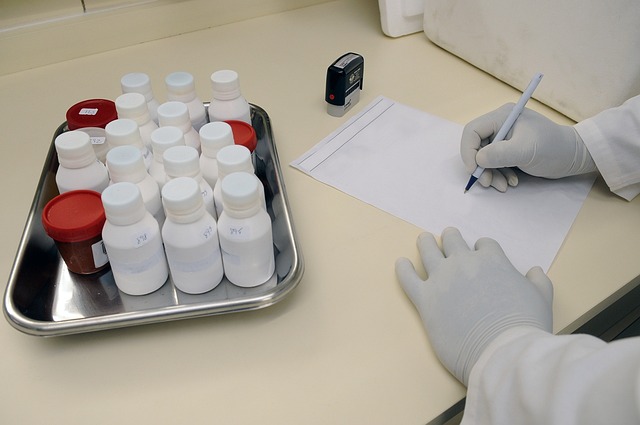The Future of Health Diagnostics: Technological Innovations in CT Scans
In the ever-evolving landscape of healthcare, the way we approach diagnostics is undergoing a profound transformation. Among the shining stars of this revolution are CT scans, which have remained indispensable tools for clinicians and radiologists. As technology advances, these imaging devices are becoming more sophisticated, efficient, and patient-friendly.
Technological Innovations in CT Scans
Imagine standing in front of a scanning machine that not only provides high-resolution images but also does so in a fraction of the time taken by traditional scans. Recent innovations in CT scans are making this a reality. With the integration of artificial intelligence (AI) and machine learning algorithms, modern CT machines can analyze images faster and with greater accuracy. This means diagnosis time is significantly reduced, allowing for quicker treatment decisions.
Moreover, advancements in detector technology have led to the development of ultra-fast CT scanners that can capture images in as little as a few seconds. This is particularly beneficial for patients who may have difficulty remaining still or those who are in acute medical distress where time is of the essence. The faster the scan, the sooner the medical team can assess the injury or condition, providing timely interventions that can save lives.
Health Innovations Shaping Diagnostics
The future of diagnostics is not just about faster and clearer images; it encompasses a holistic approach to patient care. Innovations in CT scan technology are intertwined with patients’ experiences. The introduction of low-dose radiation techniques signifies a commitment to patient safety and health. Innovations are focusing on minimizing exposure to harmful radiation without compromising image quality, thereby addressing one of the longstanding concerns regarding CT imaging.
Additionally, we see enhanced 3D imaging capabilities and virtual reality applications that allow physicians to examine scans in an interactive environment. This level of detail is not only revolutionizing diagnostic accuracy but also enhancing the communication between healthcare providers and patients—enabling them to understand their conditions better and participate actively in their treatment plans.
The integration of telemedicine with CT scans allows for remote consultations where specialists can review images and provide expert opinions without the need for patients to travel. This expands access to high-quality healthcare, particularly for individuals in rural or underserved communities, breaking down barriers and ensuring that everyone receives the diagnostic care they need.
In essence, the future of health diagnostics through CT scans is a blend of innovation and compassion, where technological advances lead to more effective treatments and improved patient experiences. As these technologies continue to evolve, the potential for better health outcomes becomes an inspiring reality for both patients and healthcare professionals alike.




